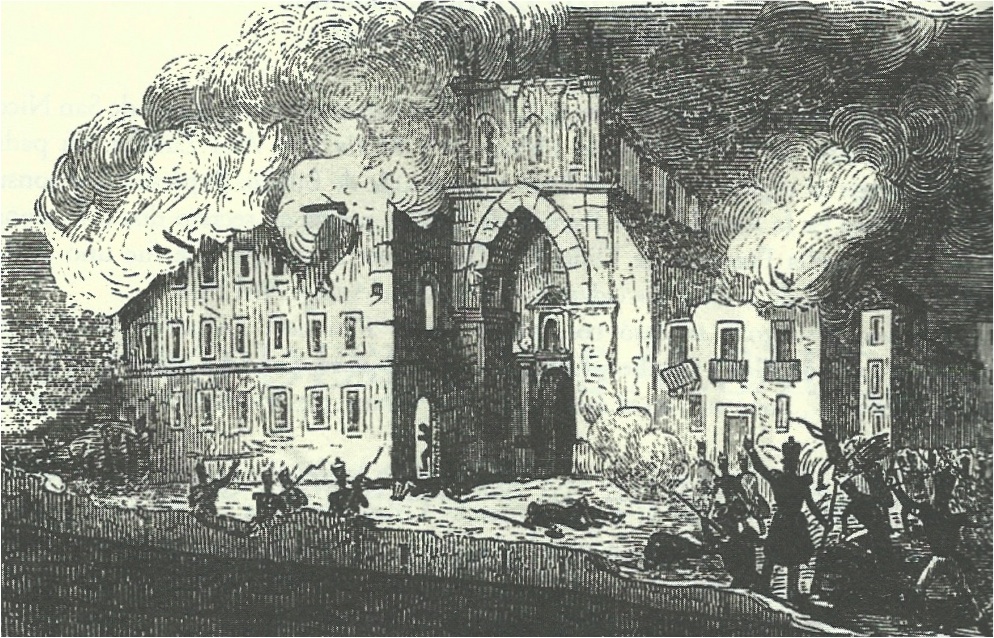Between 1804 and 1808 there was a succession of clashes and wars in Bilbao between the township’s social and political sectors. Thus, for example, in 1826 the British consul in Bilbao discerned three political currents: one liberal, another royalist or anti-liberal and the fuerista current (partisans of the provincial government). On 3 October 1833 the anti-liberal royalists, favorable to the exclusive sovereignty of the King, organized the Carlist rebellion and proclaimed Carlos as King. On 20 November 1833 general Sarsfield, loyal to Isabel II, the successor to the throne of Spain, entered Bilbao at the head of the army of the liberal government. The Carlists besieged the township from 10 June to 1 July 1835 and from 23 October to 24 December 1836, but failed in their attempts to take it. The resistance was rewarded with the title of “Unvanquished,” a significant element in forging the political identity of Bilbao. In 1839 the City Council of Bilbao and numerous residents made a request to the Spanish Parliament for the conservation of the foral institutions in the new liberal constitutional system.
In 1841 the customs posts were transferred from the interior (Orduña, Balmaseda) to the coast and Bilbao lost its condition as a free trade port. The construction of new roads, the arrival of the railway in Bilbao in 1863, the foundation of the



